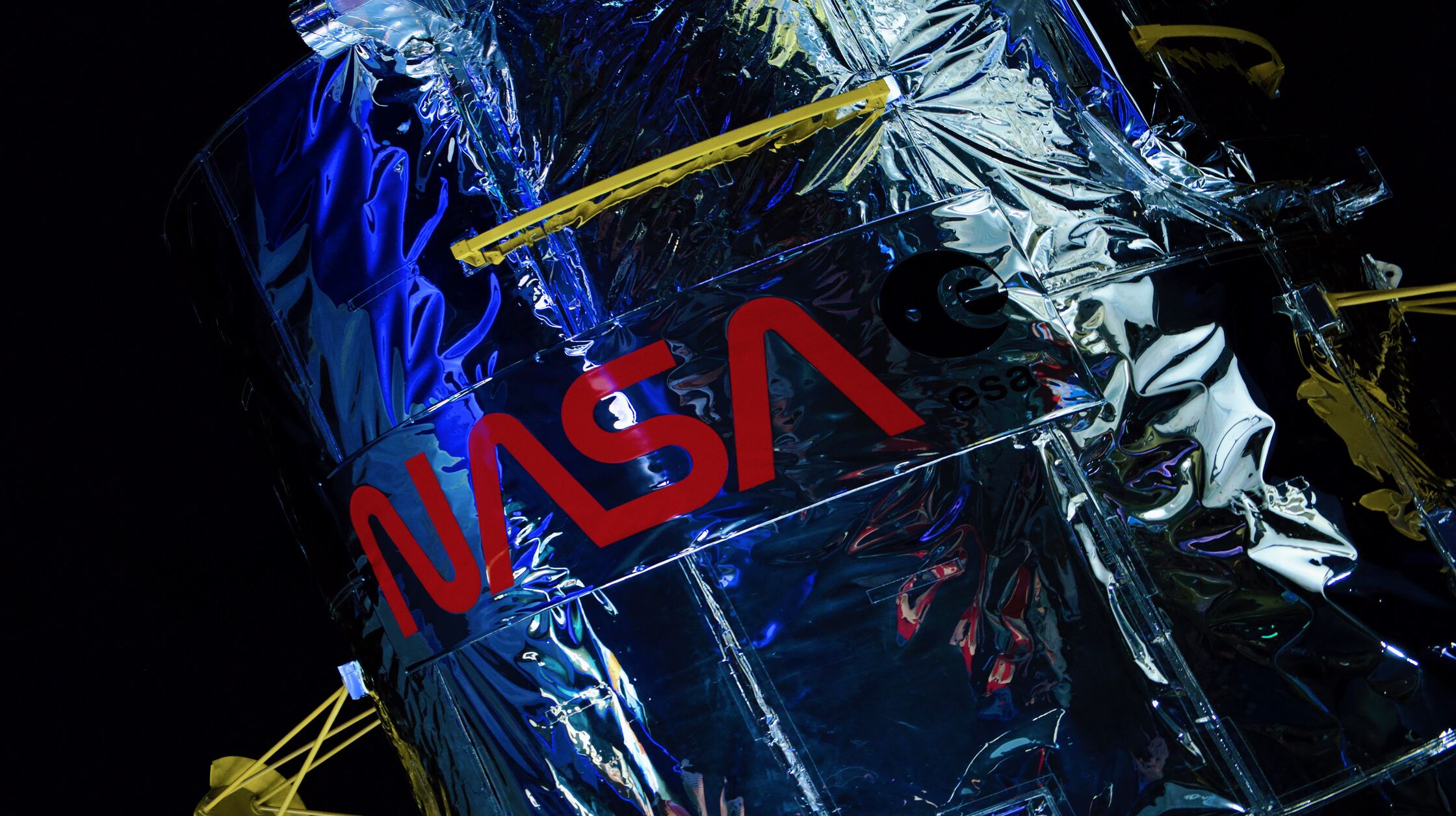After an intensive year-long study, NASA has published a groundbreaking report delving into the mysterious realm of unexplained anomalous phenomena (UAPs). The report gives a detailed overview of NASA’s investigations and also sheds light on the collaborative efforts with the Department of Defense’s All-Domain Anomaly Resolution Office (AARO) in unraveling the mystery of UAPs.

Established just a year ago, the AARO has been the central government agency spearheading UAP investigations. Its activities have been mainly behind closed doors, save for a few reports and appearances before Congress. Through NASA’s report, the public now has a clearer picture of both NASA’s endeavors and the broader governmental strategies concerning UAPs.
For those hoping for conclusive evidence of extraterrestrial beings, the report may disappoint. During the press conference, NASA Administrator Bill Nelson firmly stated, “Show me the evidence.” While he didn’t dismiss the possibility of life elsewhere in the cosmos, he clarified that the U.S. possesses no concealed knowledge of extraterrestrial entities or their spacecraft.

The independent team that conducted the study observed that while a significant number of UAP occurrences can be attributed to familiar phenomena, many remain unsolved due to insufficient data. Acquiring such data is no easy task. In urban locales, for example, dense background distractions can obscure readings. Additionally, the equipment often used to capture such data might not be primed for the task. When it comes to military incidents, the employment of confidential technologies to gather even mundane images or videos becomes an added impediment.
To overcome these obstacles, agencies are recalibrating their data-collection methodologies. A focal point for AARO now is discerning how identifiable phenomena, like weather patterns or balloons, appear to military sensors. This would aid in filtering out actual anomalies.
The report also touched upon the complications of monitoring airspace in the vicinity of military sites, stating, “The airspace near military sites is a challenging place to search for UAP: human aircrafts, drones, balloons, and other objects, are all significant sources of background [clutter].” This underlines the military’s apprehension about UAPs near their bases, viewing them primarily as potential security threats.
Currently, while the military is keen on gathering reports from service members and associated government bodies like NASA, there is no official channel for civilians to report UAP sightings. NASA’s report highlighted the importance of civilian data and emphasized the necessity of creating a federal system to register such reports.
Public interest in UAPs has surged, particularly after the U.S. military began releasing UAP footage captured by service members in 2017.
To conclude the conference, NASA announced Mark McInerney, previously a Pentagon liaison for UAP matters, as the head of NASA’s UAP investigation efforts.




